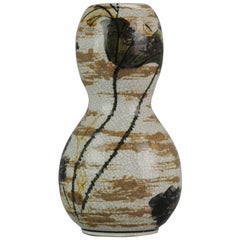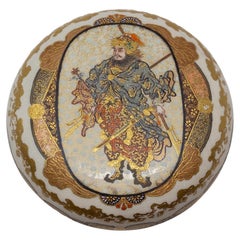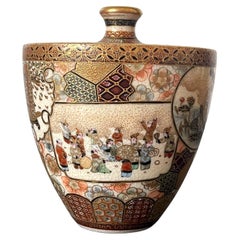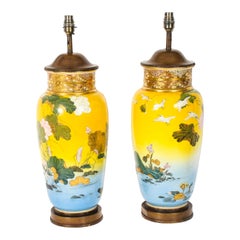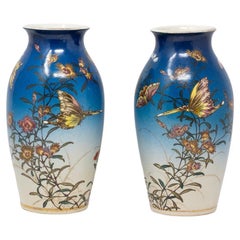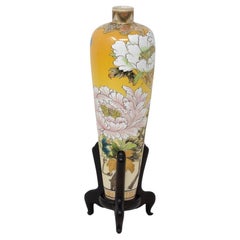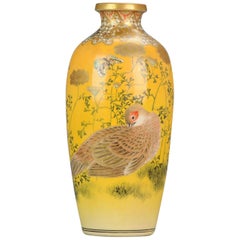Taizan Yohei
Antique 19th Century Japanese Meiji Ceramics
Earthenware
Antique 1880s Japanese Meiji Ceramics
Ceramic
Antique Early 1900s Japanese Meiji Ceramics
Ceramic, Earthenware, Pottery
Antique 1880s Japanese Japonisme Ceramics
Ceramic
Antique 19th Century Vases
Porcelain
Antique Early 1900s Japanese Meiji Ceramics
Ceramic, Earthenware, Pottery
Recent Sales
Early 20th Century Japanese Meiji Ceramics
Ceramic, Earthenware, Pottery
Antique Late 19th Century Japanese Meiji Ceramics
Earthenware
Antique 19th Century Japanese Meiji Ceramics
Ceramic
People Also Browsed
Early 20th Century Japanese Meiji Vases
Earthenware
Antique Mid-19th Century Chinese Chinese Export Furniture
Brass
Early 20th Century Japanese Japonisme Textiles
Brocade, Silk
Antique 19th Century Japanese Meiji Ceramics
Pottery
Antique Late 19th Century Chinese Qing Vases
Porcelain
Antique Early 1900s Japanese Japonisme Ceramics
Silver
Antique 1890s Japanese Meiji Ceramics
Porcelain
Antique Late 19th Century Japanese Meiji Vases
Enamel
Antique 1880s Japanese Porcelain
Porcelain
Antique Late 19th Century Japanese Ceramics
Ceramic, Porcelain
Antique 19th Century Japanese Meiji Ceramics
Earthenware
Mid-20th Century Japanese Showa Textiles
Silk
Antique 19th Century Japanese Vases
Porcelain
Antique 1890s Japanese Japonisme Textiles
Fabric, Silk, Lucite
Antique Late 19th Century Japanese Meiji Textiles
Silk, Wood
Antique Mid-19th Century Japanese Japonisme Ceramics
Ceramic
Finding the Right Ceramics for You
With their rich and diverse history, antique, new and vintage Asian ceramics offer colorful and sophisticated ways to add flair to any space.
Japanese pottery dates back at least 13,000 years to the Jōmon period. Pieces from the Late Jōmon era display a rope-cord pattern encircling a pot or jug. During the Muromachi period, potters created simple bowls and utensils frequently used in tea ceremonies and were made as both functional and aesthetic objects.
Ceramics made during Japan’s Meiji period, from 1868 to 1912, reflected an explosion of artistic expression propelled by new access to international trade. Details became more intricate and refined, and colors were enhanced with new glazing practices.
Chinese porcelain, meanwhile, is often identified by its shape. Each reign and dynasty had specific shapes and styles that were encouraged by the imperial ruler. During the Song dynasty, for instance, there were four dominant types of ceramic vase shapes: plum-shaped, pear-shaped, cong-shaped (tall and square) and double-gourd.
Chinese ceramics that were made during the Qing dynasty were demonstrative of an expanded artistic expression, with more delicate shapes and a focus on intricate detailing. The shapes of ceramics from this era are thinner, taller and have subtle features like a gentle flare, such as on the mallet-shaped vase.
Later, the 17th- and 18th-century interior design trend of chinoiserie brought Asian paintings and screens, textiles and other art and furniture from the continent into many European homes.
Explore an extensive range of antique, new and vintage Asian ceramics on 1stDibs to find the perfect piece for your home.
